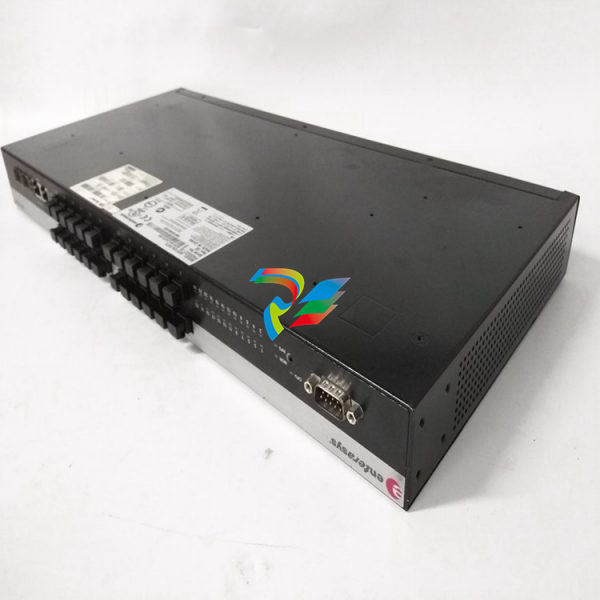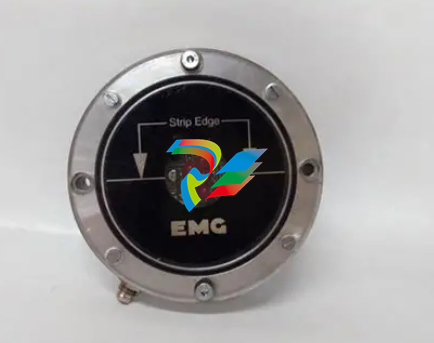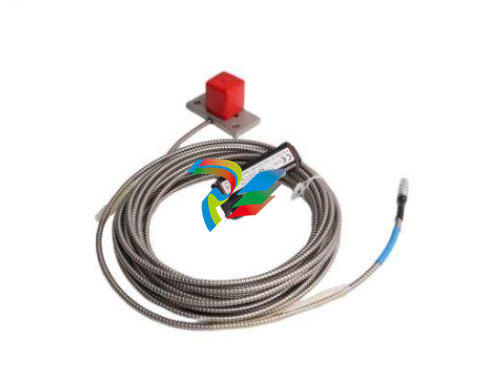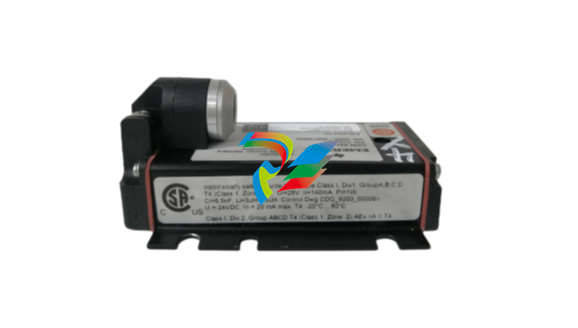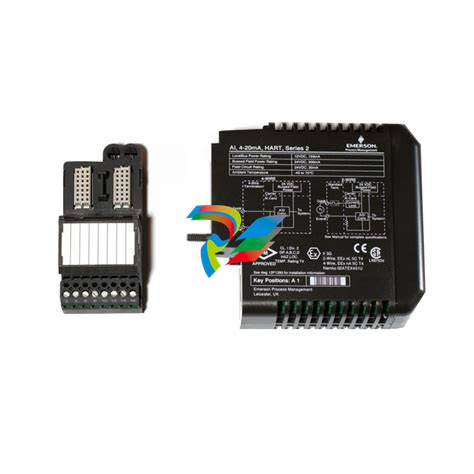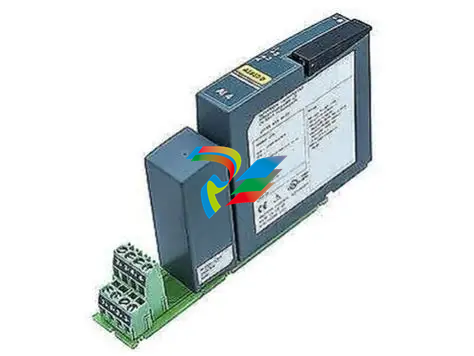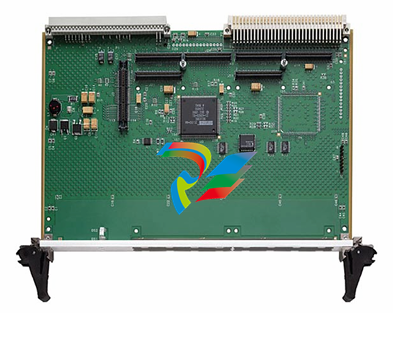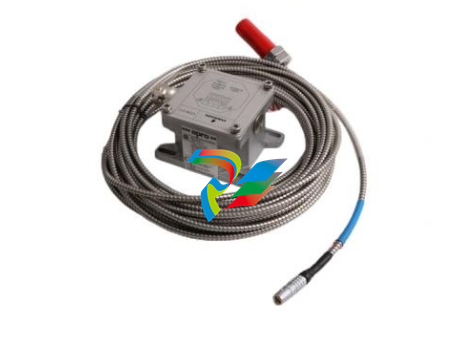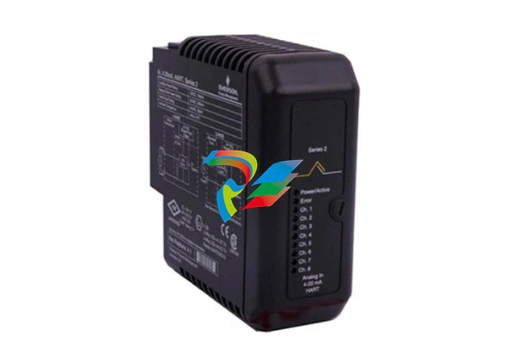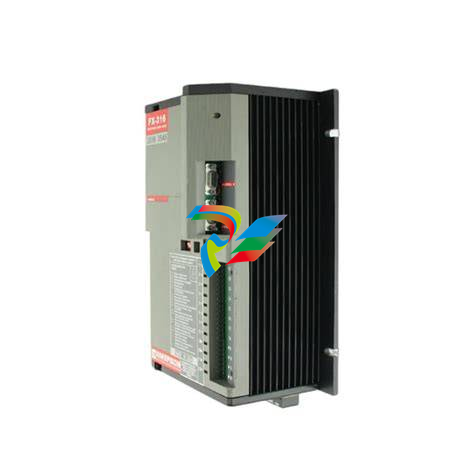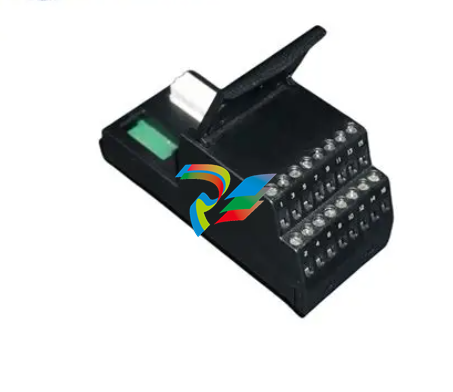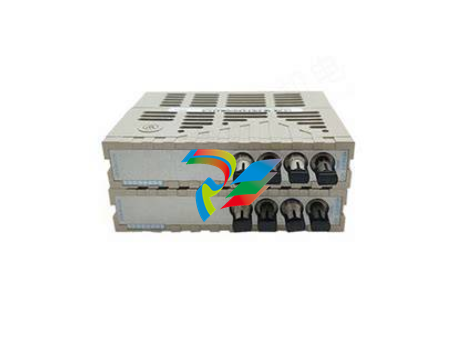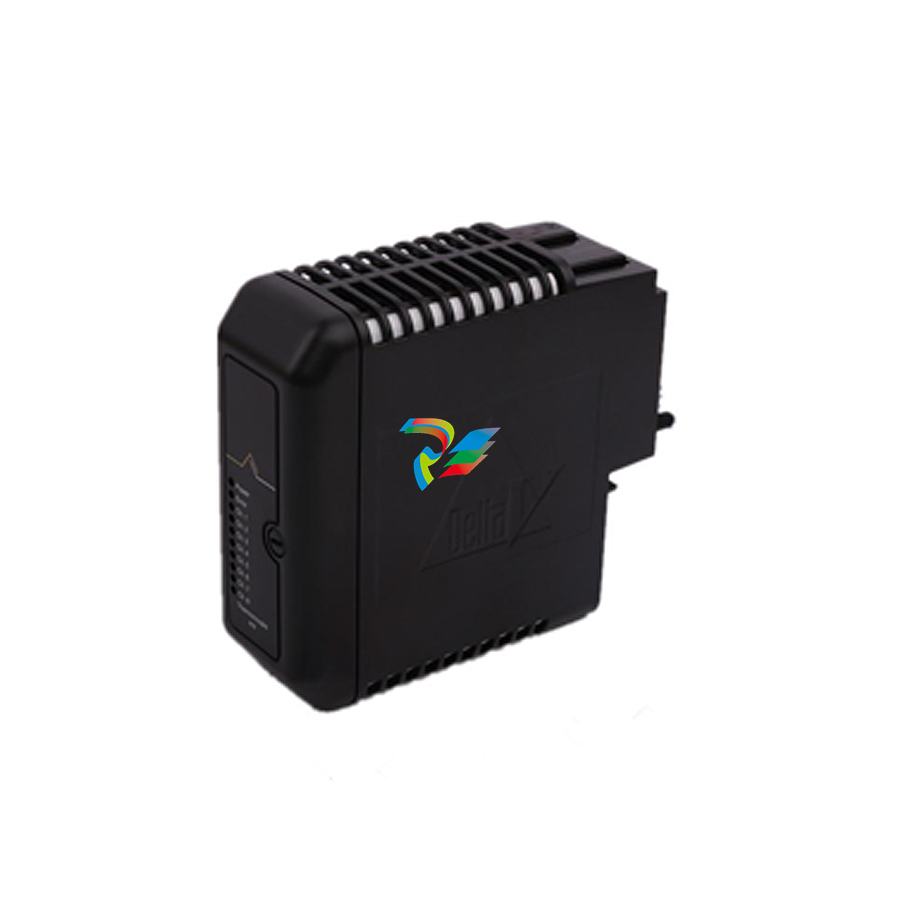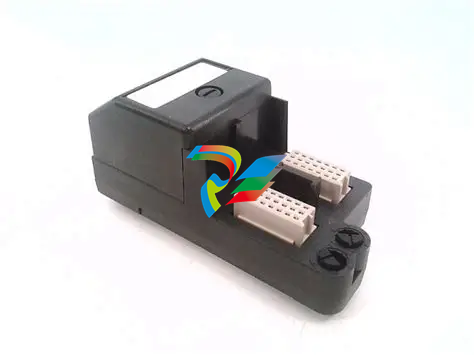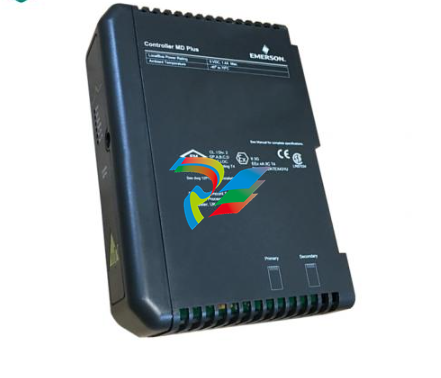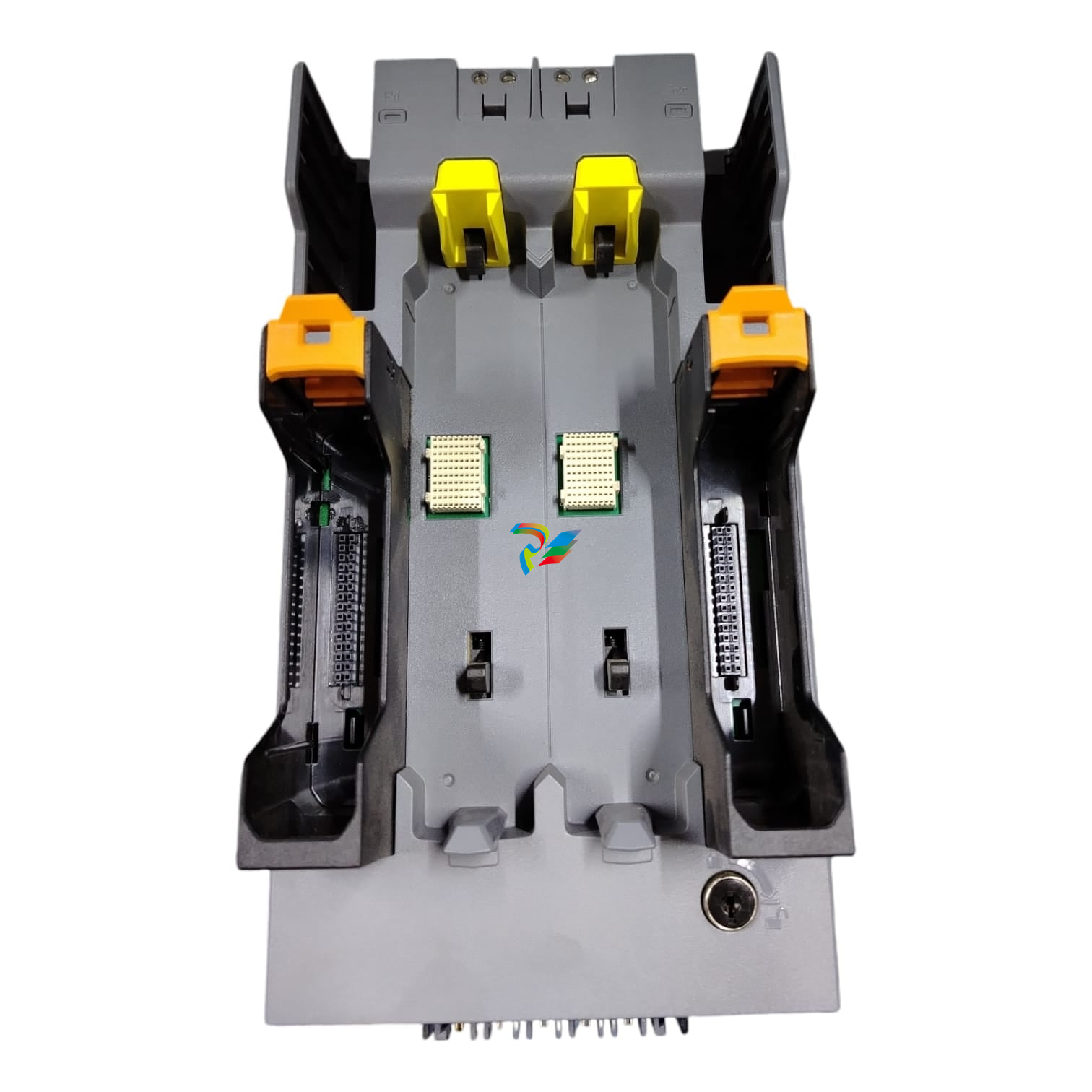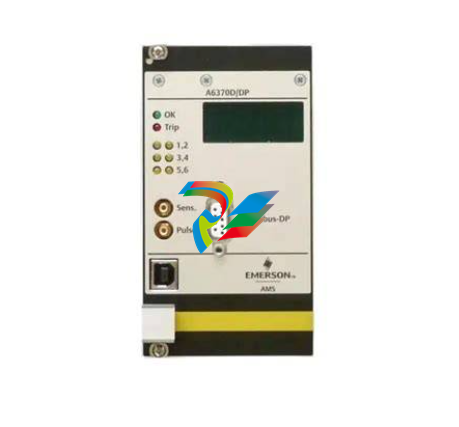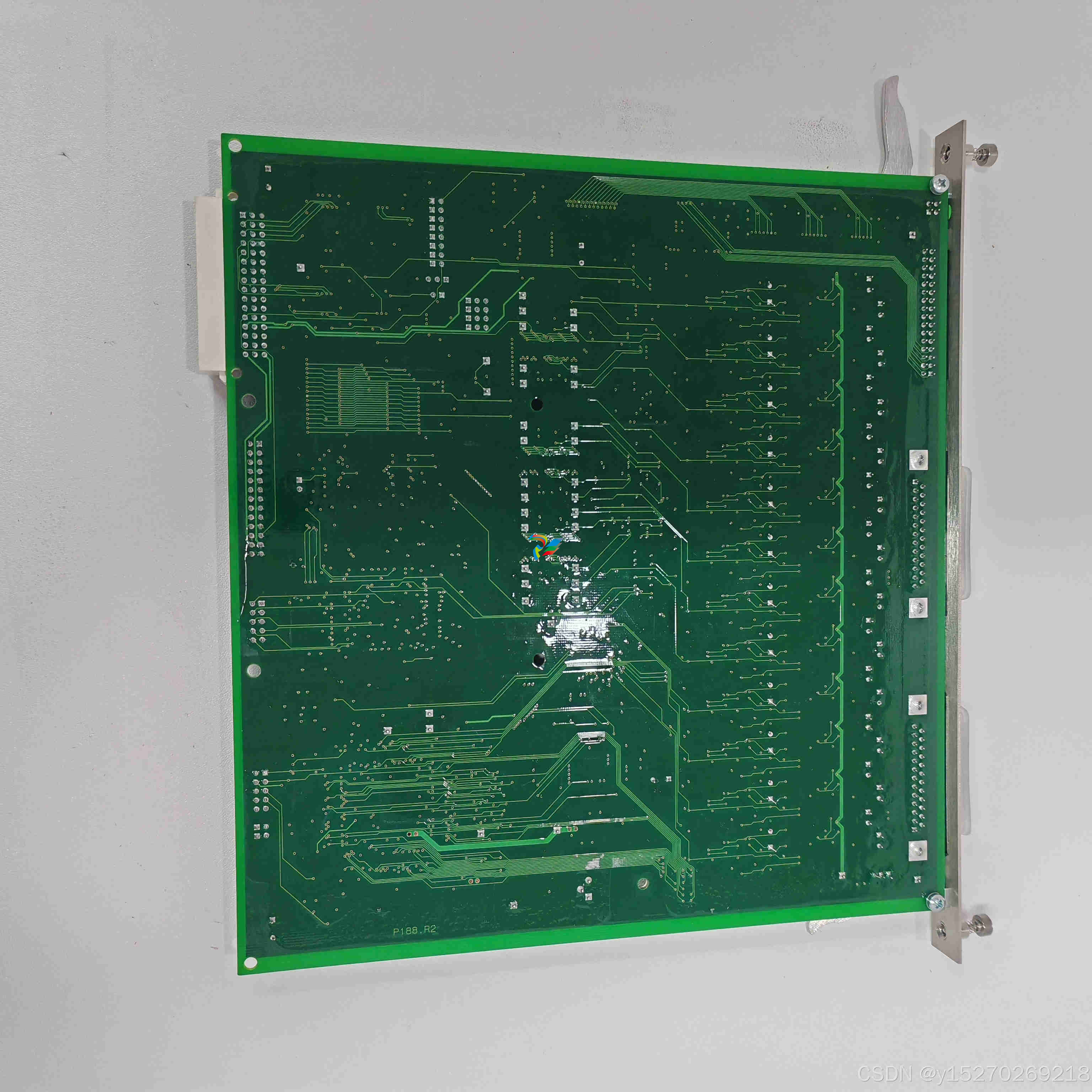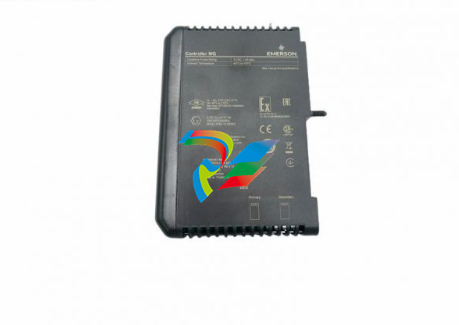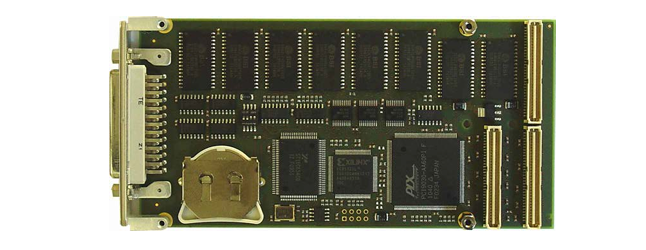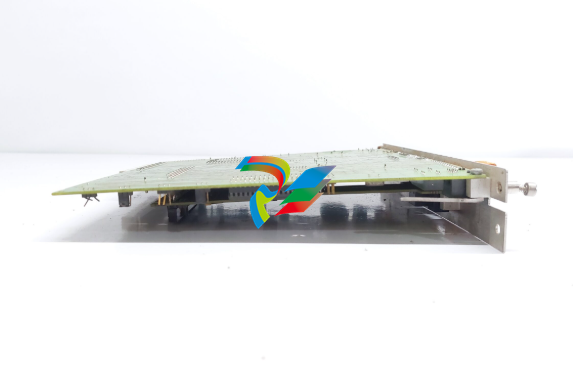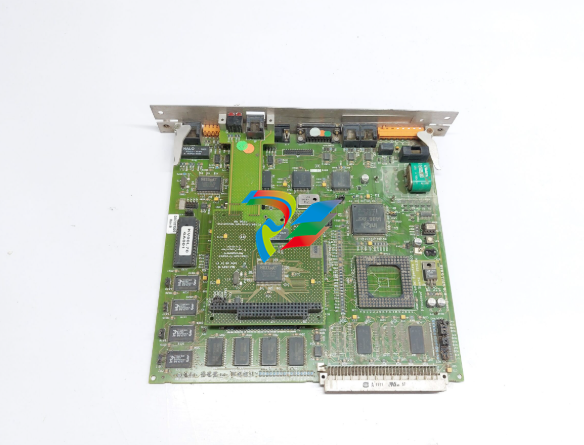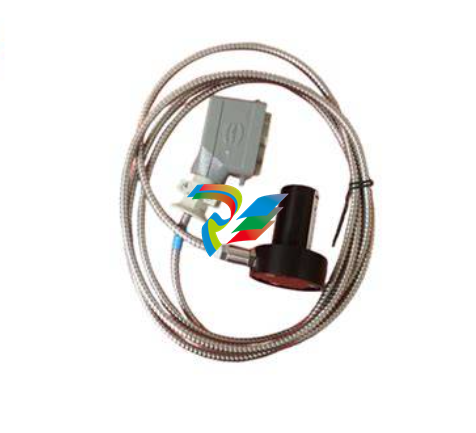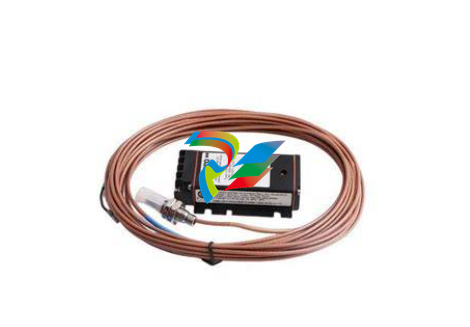
DeltaV SISTM Logic Solver
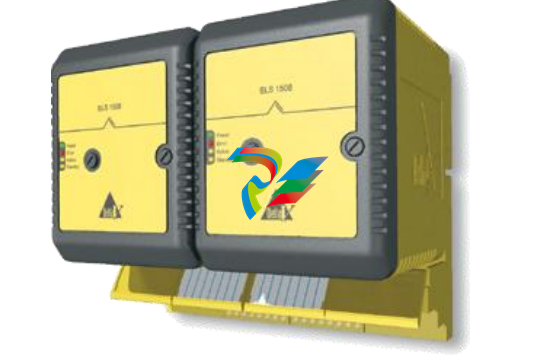
World’s first smart SIS Logic Solver
Integrated, yet separate from the control system
Easy compliance with IEC 61511
Scales to fit any size application
SIL 3-rated
Online addition of Logic Solvers
Introduction
The DeltaV SIS system, part of Emerson’s smart SIS, ushers in the next generation of Safety Instrumented Systems (SIS). This smart SIS approach uses the power of predictive field intelligence to increase the availability of the entire safety instrumented function.
Benefits
The World’s first smart SIS. Research shows that over 85% of all faults in SIS applications occur in field instruments and final control elements. The DeltaV SIS system has the first smart Logic Solver. It communicates with intelligent field devices using the HART protocol to diagnose faults before they cause spurious trips. This approach increases process availability and reduces lifecycle costs.
Integrated yet separate
Safety standards insist on separation of the control and safety systems in order to remove any possibility of a common failure affecting both layers of protection. End users require an integrated configuration, maintenance, and operations environment. The DeltaV SIS system has a unique solution to this problem; implementing safety functions with dedicated hardware, software, and networks while being seamlessly integrated at the workstations.
Easy Compliance with IEC 61511
IEC 61511 demands rigorous user management and the DeltaV SIS platform provides it. IEC 61511 requires that any changes made from an HMI (e.g. to a trip limit) be extensively vetted to ensure that the right data is written to the right Logic Solver. The DeltaV SIS system automatically provides this data verification.
Scales to fit any size application
Whether you have an isolated wellhead or a large ESD/fire and gas application, the DeltaV SIS system scales to provide you with the safety coverage you need for your SIL 1, 2 and 3 safety functions. Each Logic Solver has dual CPUs and sixteen channels of I/O built into it. This means that no additional processors will ever be required to expand the system, since each Logic Solver contains its own CPUs. Scan rate and memory usage are constant and independent of system size.
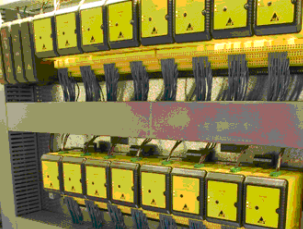
SIL 3-rated. DeltaV SLS 1508 Logic Solvers are installed in redundant pairs for increased process availability of your SIS loops.
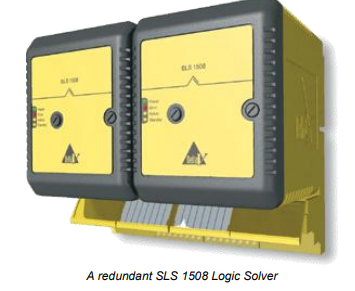
Redundant architecture includes:
dedicated redundancy link
separate power supply to each Logic Solver
I/O published locally every scan on redundant peerto-peer link
same input data for each Logic Solver
Online addition of Logic Solvers.
The system checks for new hardware every scan, so equipment can be added to an on-line system in real time. Online addition of new logic solvers means your process does not get interrupted. As new equipment is added, the DeltaV Explorer software recognizes it and makes it ready to be configured
Product Descriptio
This section provides general information on DeltaV SIS hardware. Refer to the Installing Your DeltaV Digital Automation System manual for more information on DeltaV system equipment.
DeltaV SIS Equipment
A DeltaV automation system consists of carriers, one or more I/O subsystems, controllers, power supplies, workstations, and a control network. The DeltaV SIS system consists of
Redundant Logic Solvers (SLS 1508) and termination blocks
SISnet Repeaters (see separate product data sheet)
Carrier extender cables Local peer bus extender cables
Right 1-wide carrier with termination
Logic Solvers
(SLS1508) contain the logic-solving capability and provide an interface to 16 I/O channels that can be configured as Discrete Input, Discrete Output, Analog Input (HART) and HART two-state output channels. Logic Solvers and termination blocks install on the 8-wide carrier. Logic Solvers communicate with each other through the carriers over a two-channel, local peer bus (SISnet) and remote peer ring. Local Logic Solvers are hosted by the same DeltaV controller and remote Logic Solvers are hosted by a different DeltaV controller. Logic Solvers are powered by a 24 V DC power supply that is separate from the power supply that drives the DeltaV controller and I/O. Logic Solvers install in oddnumbered slots (1,3,5,7) on the 8-wide carrier. Redundant Logic Solvers use four slots.
SISnet Repeaters
s extend communication beyond the local Logic Solvers connected to one DeltaV controller and broadcast global messages to remote Logic Solvers through a fiber-optic ring Carrier extender cables extend Local Bus power and signals between 8-wide carriers. Local peer bus extender cables extend the local peer bus (SISnet) between Logic Solvers on different carriers. 1- wide carriers with terminators terminate the local peer bus at the final carrier.
Communication
Control Network: The DeltaV Control Network provides communication between the nodes in the DeltaV network. Refer to the Installing Your DeltaV Digital Automation System manual for complete information on the Control Network.
Local Bus:
The Local Bus provides communication between DeltaV controllers and Logic Solvers and between DeltaV controllers and SISnet Repeaters.

